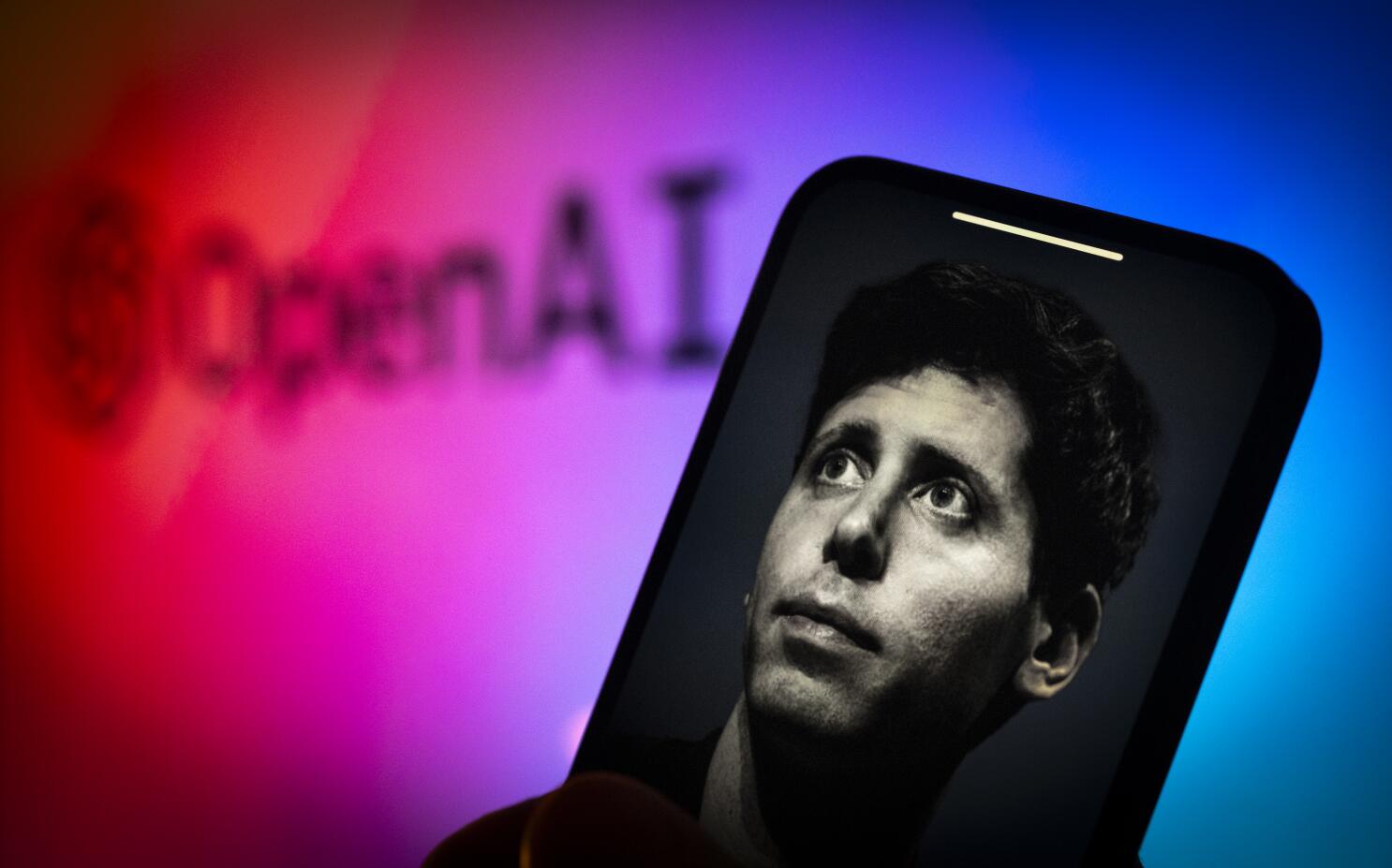
OpenAI faces a leadership crisis marked by the exit of key safety-focused members. This trend began with Leopold Aschenbrenner’s departure due to alleged information leaks, followed by Daniel Kokotajlo and William Saunders earlier this year. The sequence continued with the resignation of Chief Scientist Ilya Sutskever after nearly a decade at OpenAI.
Shortly thereafter, Jan Leike, a noted figure in AI and one of Time’s 100 most influential in the field, also resigned. His departure was confirmed via a brief post stating, “I resigned,” sparking concerns about the potential erosion of the AI safety team within one of the world’s most influential tech companies.
The staff’s response to these changes has been one of disappointment and concern.
OpenAI researcher Carroll Wainwright expressed honor in working with Leike, highlighting his relentless push for safe and beneficial AGI. These sentiments come at a time when high-level envoys from China and the USA are meeting in Geneva to address the imminent challenges posed by AGI, where machines might soon match human capabilities in various tasks.
Amid these leadership changes, OpenAI’s focus remains steadfast on the next evolutionary phase—artificial super intelligence (ASI).
Sutskever and Leike led a team dedicated to ASI alignment, aiming to ensure human control over machines significantly more advanced than current technologies. Despite the high stakes, the costs of developing such cutting-edge AI technologies are immense.
Sam Altman, OpenAI’s CEO, recently discussed the financial burdens, noting the necessity to invest billions annually while securing substantial funding to maintain the company’s operational needs.
OpenAI’s innovative streak continues with the introduction of GPT-4o, which boasts capabilities to reason across multiple formats like text, audio, and video. This development has stirred interest and controversy in the AI community, given the complex implications of such reasoning abilities. Furthermore, the lifelike nature of their new female voice assistant has drawn comparisons to AI portrayals in popular culture, such as the film “Her.”
A couple of months after the formation of the Superalignment team, Sutskever, along with other non-executive directors of the non-profit entity overseeing the company, ousted Altman, citing a loss of confidence in their CEO.
Nadella swiftly intervened to bring Altman back amid concerns about a potential company split. Shortly after, Sutskever, feeling regretful, apologized for his part in the upheaval. Reuters hinted that the move might have been related to a secretive project aimed at creating a more advanced AI. Since then, Sutskever has kept a low profile.
This incident, coupled with the secrecy surrounding certain projects, has fueled speculation and concern within the AI community, leading to questions like “What did Ilya see?” echoing among professionals and observers alike.
Related News:
Featured Image courtesy of Jaap Arriens/NurPhoto via Getty Images
